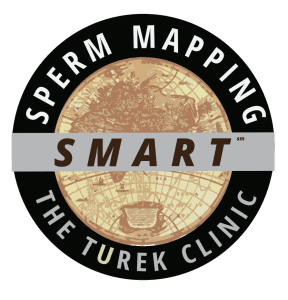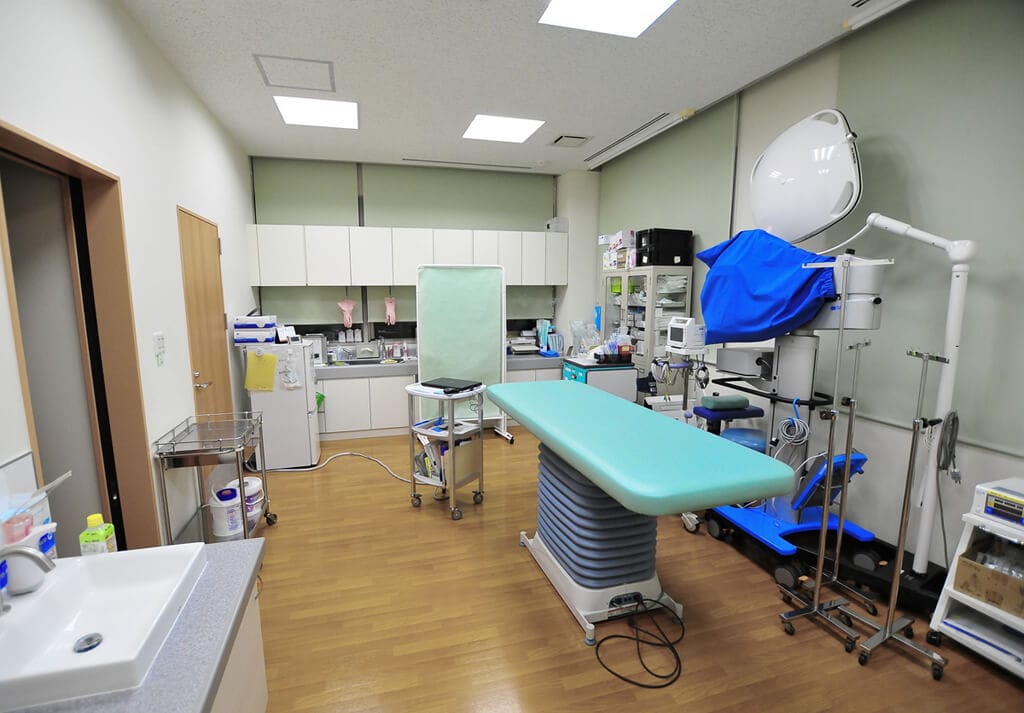The Kanto Clinic
Male Surgery
Dr. Kanto is a specialist surgeon for males, fixing andrological issues (problems related to male infertility and urology).
The Kanto Clinic is equipped to perform numerous types of surgeries, but among the most common are the following:
Surgery ①
Varicocelectomy
A varicocele is an enlargement of the veins in the scrotum, the sac holding the testicles. When a varicocele develops, it restricts blood flow to the reproductive system. Blood then cannot return to the heart through the veins, so blood collects in the scrotum and the veins become abnormally large. Infertility is a common complication of a varicocele. Varicoceles typically occur on the left side of the scrotum. If there is an enlargement of the veins on the right side of the scrotum, there is a chance that it is caused by a growth or tumor.
Varicocelectomy is a surgical procedure performed to remove the enlarged veins, which helps restore proper blood flow to the reproductive organs. Kanto Clinic provides a safe and precise varicocelectomy surgery in an outpatient procedure. The surgery typically takes 1-2 hours using state-of-the-art microscopic equipment and a vascular doppler device. Dr. Kanto is an expert at performing this surgery and has successfully handled especially complicated cases.
Surgery ②
Microdissection testicular sperm extraction (micro TESE)
Microdissection testicular sperm extraction (micro TESE) is an advanced procedure that requires the skill and understanding of micro-surgery and testicular anatomy. It is a micro surgical procedure where sperm is retrieved from patients with azoospermia.
Azoospermia is a condition of male infertility where there is no sperm found in the ejaculate (semen) after orgasm. The Kanto Clinic’s micro-TESE surgery is known not only for recovering sperm but also for choosing some of the best sperm to increase the success rate of pregnancy and achieving healthy birth in many severe cases. It is a minimally invasive micro-surgical procedure, it involves making a small incision of the testes under local anesthesia.
Surgery ③
Fine Needle Aspiration (FNA) Mapping
FNA Mapping is an incision-free strategy for finding sperm in azoospermia patients which involves the systematic sampling of tissue needle “cores” throughout the testicle. Local anesthesia is applied and using a sterile marking pen the planned aspiration sites are marked on the scrotal skin overlying the anterior testis, systematically placed in a grid-like manner at 18 sites about 5 mm apart. Using fine needles to extract valuable sperm samples is a relatively risk-free method which doesn’t require making any incisions.
Having received training from Dr. Turek, the founder of FNA Mapping, Dr. Kanto is one of few surgeons who can perform this technique in Japan. Please consult us for more information.

Surgery ④
Vasectomy
A vasectomy is the most effective birth control method, it is very quick, and patients can go home the same day. It is an operation performed on males to block the sperm from getting to the semen during ejaculation. During the procedure, the vas deferens is cut or blocked. The vas deferens is the duct that carries sperm from the testicles to the urethra.
Vasectomies are meant to be permanent so reversing a vasectomy is not recommended and may not work. It is best for men who are certain that they do not want (any more) children. There are no lasting effects on sexual activity or performance. Please refer to this link for more information: WebMD: Vasectomy Overview.
Surgery ⑤
Circumcision
Circumcision is the (surgical) removal of part or all of the foreskin. There are numerous reasons for performing circumcision, but at the Kanto clinic we typically perform circumcision in response to phimosis. Phimosis is a condition where the foreskin is too tight to be pulled back over the head of the penis. It is not usually a problem unless it causes symptoms such as redness, soreness, or swelling, since phimosis can cause inflammation.
If the penis is sore and inflamed, a patient may have balanitis (inflammation of the head of the penis). Sometimes, there is a thick discharge under the foreskin. If the glans and foreskin are inflamed, a patient may have balanoposthitis. Please see this link for more information on the difference between phimosis, balanitis, and balanoposthitis: Healthline Web Article.
Surgery may be required if a child or adult has severe or persistent balanitis or balanoposthitis that causes their foreskin to be painfully tight. For this condition, the Kanto clinic recommends circumcision if other treatments have failed. It is a relatively simple procedure for which local anesthesia is used and typically requires only a short amount of time to perform.


